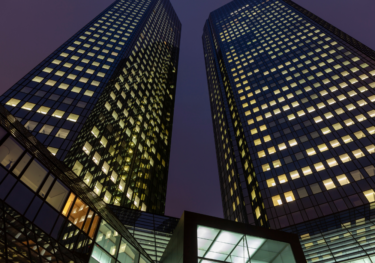The economic transformation to meet net zero
![[Video] The economic transformation to meet net zero](https://www.oxfordeconomics.com/wp-content/uploads/2022/02/Untitled20design20-202021-11-12T112013.212-300x240.png)
On Wednesday 3rd November, Oxford Economics hosted its quarterly UK & Global Outlook Conference. This invite-only event for our key clients and prospects is always a thoroughly enjoyable opportunity to catch up with familiar faces and new ones, but this event was a particularly special one for us, since we were also celebrating Oxford Economics’ 40th Anniversary!
To celebrate this milestone, we are offering our blog & social media followers the exclusive opportunity to watch all 3 sessions from the conference. To watch the third session ‘The economic transformation to meet net zero‘ by Felicity Hannon and James Nixon, complete the form today. Or watch session 1 Inflationary and volatile: the new reality? by Innes McFee and session 2 Can the recovery survive without policy? by Andrew Goodwin.
The economic transformation to meet net zero? by Felicity Hannon and James Nixon
- Mitigation scenarios aimed at achieving net zero carbon emissions by 2050 will help to slow global warming but require a radical transformation of economies.
- The sooner we act, the easier this transition will be.
- We presented Oxford Economics’ global climate change scenarios developed using the latest version of our Global Economic Model, incorporating new research on the links between energy demand and changes in temperature on economic activity.
Related Services

Post
UK : The everyday economy matters to local economic performance
The everyday economy generates half of all UK employment and 33% of GVA but is often dismissed because it generates less growth than high value services and has low productivity. But indirectly it has the capacity to improve the competitiveness and performance of local economies and has been identified by Labour Party leaders as a sector to focus on, if they win the election.
Find Out More
Post
Amid disruption, what can US office learn from retail?
We examined the disruption of generative AI at the US county level. We identified several metros – Atlanta, Denver, New York, San Francisco, and Washington DC – that had at least one county with the highest percent of displaced workers from AI.
Find Out More